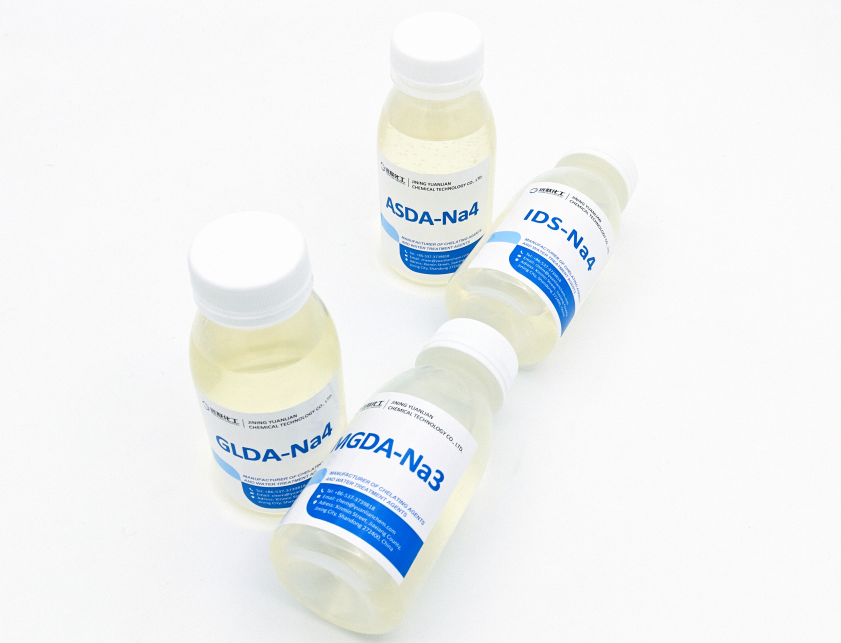
GLDA: The Sustainable Chelating Agent Revolutionizing Eco-Friendly Fracturing Fluids in Europe
As Europe accelerates its transition toward sustainable energy solutions, the oilfield services industry faces increasing pressure to balance operational efficiency with environmental responsibility. Among the key innovations driving this change is Glutamic Acid Diacetate Tetra Sodium (GLDA), a biodegradable chelating agent transforming hydraulic fracturing operations across the continent.
The Environmental Imperative in European Oilfield Operations
European regulations, particularly under REACH and the Green Deal, mandate stringent environmental standards for oilfield chemicals. Traditional chelating agents like EDTA and NTA, while effective, face growing restrictions due to their poor biodegradability and potential ecological persistence. GLDA emerges as a scientifically advanced alternative, derived from natural, plant-based amino acids and offering complete biodegradability within weeks rather than years.

Technical Superiority of GLDA in High-Salinity Formulations
In challenging North Sea and Eastern European reservoirs characterized by high salinity and hardness, GLDA demonstrates exceptional performance:
-
Enhanced Guar Gum Hydration: Even in produced waters containing over 200,000 ppm TDS, GLDA effectively sequesters calcium, magnesium, and iron ions, ensuring optimal guar gum polymer unfolding and viscosity development.
-
Thermal Stability: Maintaining integrity at temperatures exceeding 150°C, GLDA proves suitable for Europe's demanding geothermal and high-temperature reservoir conditions, outperforming many conventional alternatives.
-
Cross-Linking Efficiency: GLDA-compatible fluid systems achieve stable borate and zirconium cross-linking, generating robust fracturing gels with superior proppant-carrying capacity and minimal viscosity fluctuations.
Economic Advantages Driving Operator Adoption
Beyond regulatory compliance, GLDA delivers compelling economic benefits:
-
Reduced Chemical Consumption: Its high chelation capacity (particularly for calcium ions) allows for lower dosage rates compared to traditional agents, directly reducing fluid costs.
-
Improved Production Metrics: Field applications in the Netherlands and Denmark have documented sustained production increases of 15-25% in treated wells, attributed to reduced formation damage and more effective fracture network cleanup.
-
Water Management Savings: GLDA enables efficient recycling of flowback and produced water, significantly cutting freshwater acquisition and disposal costs—a critical advantage in water-sensitive European regions.
Case Study: North Sea Implementation
A major operator in the North Sea recently completed a multi-well campaign using GLDA-based fracturing fluids. The project achieved:
-
98% utilization of recycled produced water
-
40% reduction in guar gum concentration
-
Non-detectable environmental impact in post-operation monitoring
-
Full compliance with OSPAR regulations
The Future of Green Fracturing in Europe
As Europe continues to prioritize sustainability, GLDA represents more than just an incremental improvement—it embodies the industry's shift toward circular economy principles. Ongoing research focuses on optimizing GLDA formulations for ultra-low-temperature environments and integrating it with other bio-based fracturing additives.
For European operators seeking to maintain social license to operate while maximizing recovery from mature fields, GLDA offers a scientifically validated, economically viable pathway to greener fracturing operations.
Yuanlian Chemical specializes in the production of polyaspartic acid (PASP),tetrasodium iminodisuccinate(IDS), GLDA, MGDA etc. with stable quality and excellent quantity!





Contact us